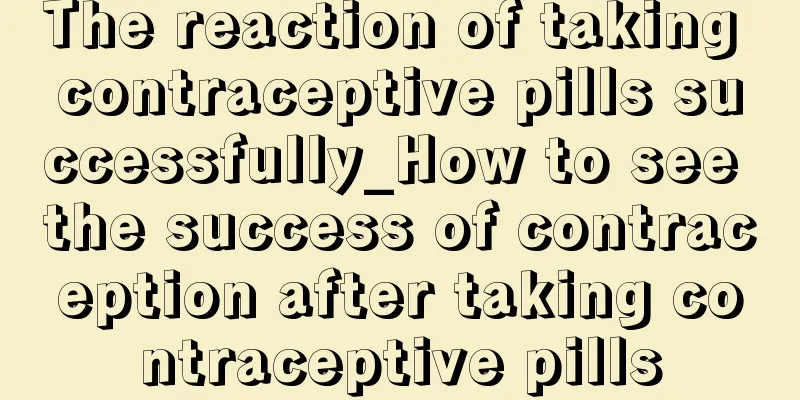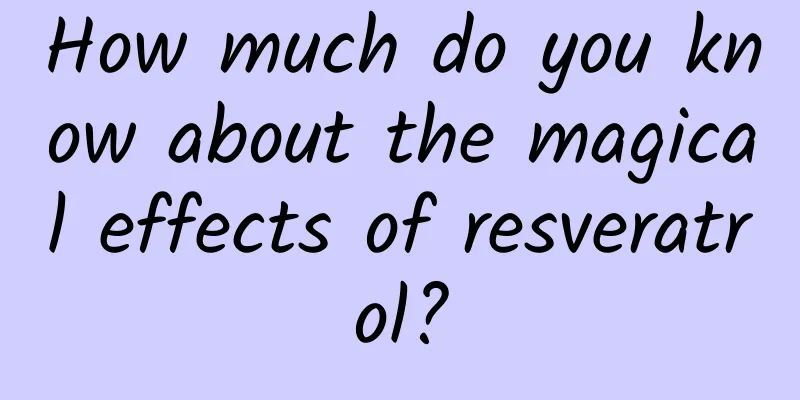Clinical manifestations, diagnostic basis and treatment principles of chronic pelvic inflammatory disease

|
Any disease requires certain methods to be treated. Therefore, when we find that we are suffering from the disease, we must choose some corresponding treatment methods according to our own symptoms. This will not harm our health. So what are the symptoms of chronic pelvic inflammatory disease? Many people don’t know much about it. When treating a disease, you must first understand the disease so that you can have a good treatment method when treating it. The specific symptoms of chronic pelvic inflammatory disease are introduced in detail below, so that you can have a better understanding of this disease and know what treatment method to choose during treatment. Clinical manifestations : 1. Pain in the lower abdomen and lumbar region, which is aggravated by fatigue, after sexual intercourse, during bowel movements, or before and after menstruation. 2. Excessive leucorrhea, irregular menstruation, and infertility. 3. Some patients have symptoms of neurasthenia. 4. The uterus is often retroverted with limited mobility, thickened fallopian tubes or flake-like thickening and tenderness of parauterine tissue, or cystic, immobile masses on one or both sides of the pelvic cavity. Differential diagnosis: Diagnosis 1. Pain in the lower abdomen or lumbosacral area, and excessive vaginal discharge. 2. Chronic salpingitis causes cord-like objects to be felt on one or both sides of the uterus. In case of hydrosalpinx or tubo-ovarian cyst, a sausage-shaped, fixed cystic mass can be felt on one or both sides of the pelvic cavity. If it is pelvic connective tissue inflammation, there will be patchy thickening and tenderness on one or both sides of the uterus, and the sacral ligaments will be thick, hard and tender. Disease treatment : Treatment principles 1. Use comprehensive treatment of Chinese and Western medicine. 2. If the lump is obvious or the source of the disease is small but recurring, surgical treatment is recommended. Medication principles : 1. If the lump is not large, use "basic drugs" for treatment first. 2. Mild salpingitis combined with infertility requires fertile women to choose intrauterine injection and refrain from sexual intercourse during the medication period. 3. For patients with parametrial tissue inflammation, the effect may be better if parametrial blockade is added on top of systemic medication. 4. For patients with recurrent illness and poor physical constitution, supportive therapy should be strengthened. 5. Add physical therapy, such as ultrashort wave, short wave, microwave, magnetic therapy, ion introduction and other auxiliary treatments. 6. If the lump is obvious or small but has repeated acute attacks, surgical treatment may be considered. Through the above introduction, we have some understanding of the symptoms of chronic pelvic inflammatory disease. When treating this type of disease, we also need to choose some treatment methods based on the above suggestions. This will have a good protective effect on our own health and is also beneficial to the treatment of the disease. |
<<: What to do if you have vulvar itching? Women need to stay calm
Recommend
How to treat athlete's foot blisters during pregnancy
Athlete's foot is a problem that many adults ...
How to clean fish roe? How to store fish roe
Fish roe contains nutrients such as protein, calc...
What is the economic value of macadamia nuts? Can macadamia nuts be used in cooking?
There are three flavors of macadamia nuts on the ...
Medication experience | The impact of opioids on the kidneys cannot be ignored!
Opioid receptors are widely present in the centra...
It turns out that these indicators in the physical examination are all about "heart", and they are all mastered at once
It is the physical examination season again. When...
What is the cause of dark yellow vaginal discharge?
Under normal circumstances, leucorrhea is transpa...
Mid-pregnancy abdominal pain like dysmenorrhea
If abdominal pain occurs during the second trimes...
Subarachnoid hemorrhage: a "red meteor shower" in the brain
Imagine a gorgeous meteor shower suddenly falls f...
Reasons for hunger panic in early pregnancy
Every pregnant woman has different reactions in t...
Can I get pregnant if the follicle does not rupture?
Women need to pay special attention to ovulation ...
What to do if a pregnant woman has conjunctivitis
Many people are very worried about the physical c...
How many days after ovulation does the fertilized egg implant?
For a woman to become pregnant successfully, the ...
Why do I have brown discharge after my period?
Menstruation is a physiological phenomenon that m...
Which type of wood is good for solid wood furniture? How to clean solid wood furniture
Solid wood furniture has a good texture and is du...
What are the benefits of sweating after confinement?
Having a baby is a very important thing for women...









